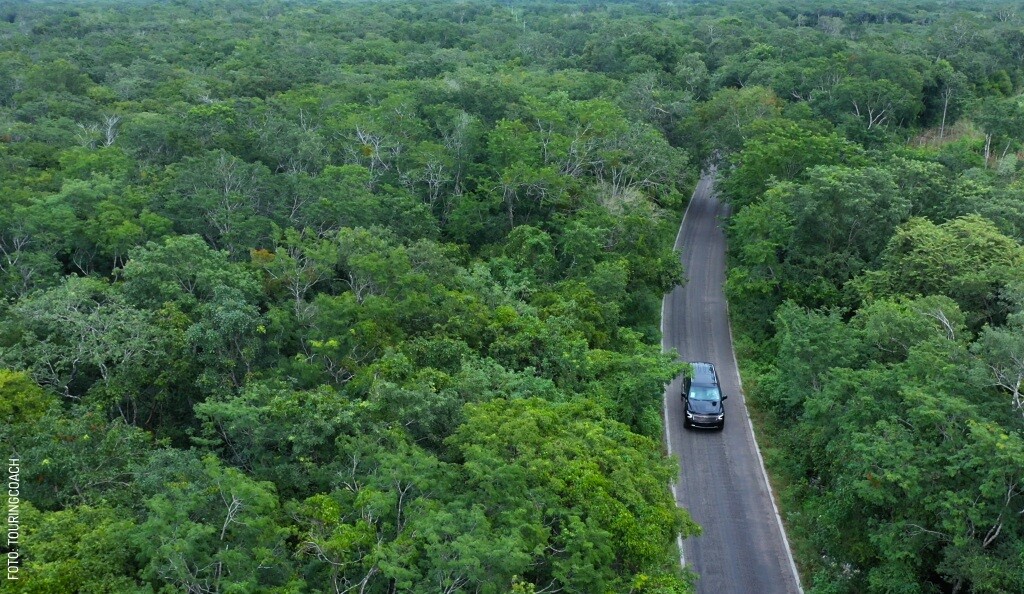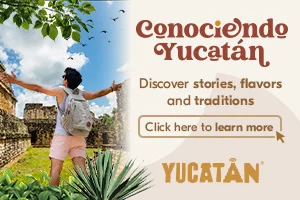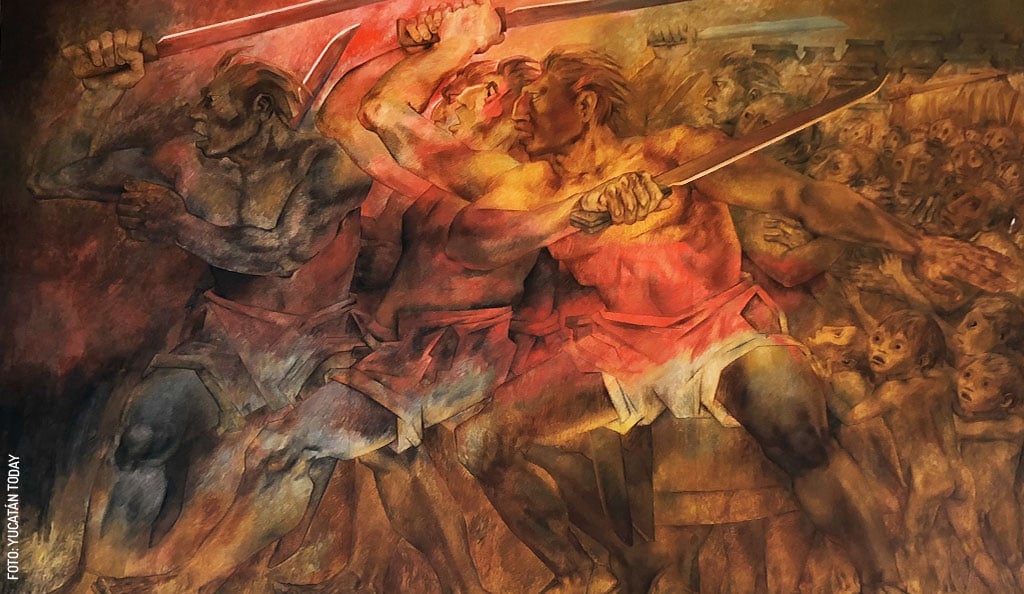
The Caste War, or Maya Social War, of Yucatán
For those of us alive today in the 21st century, Yucatán is often synonymous with peace and tranquility—a serene place free from conflict. Even in the last century, a common saying was, "If the world ends, I'm going to Yucatán." It's hard to imagine that, just about 150 years ago, things were very different.
Between approximately 1847 and 1901, Yucatán experienced a period of unimaginable upheaval and violence during what's commonly known as "The Caste War." Despite its length and deadly nature, today it's often barely mentioned as a footnote in the state's history. Today, let us tell you a bit about it.
Background to the Caste War
“Historical Resentment”
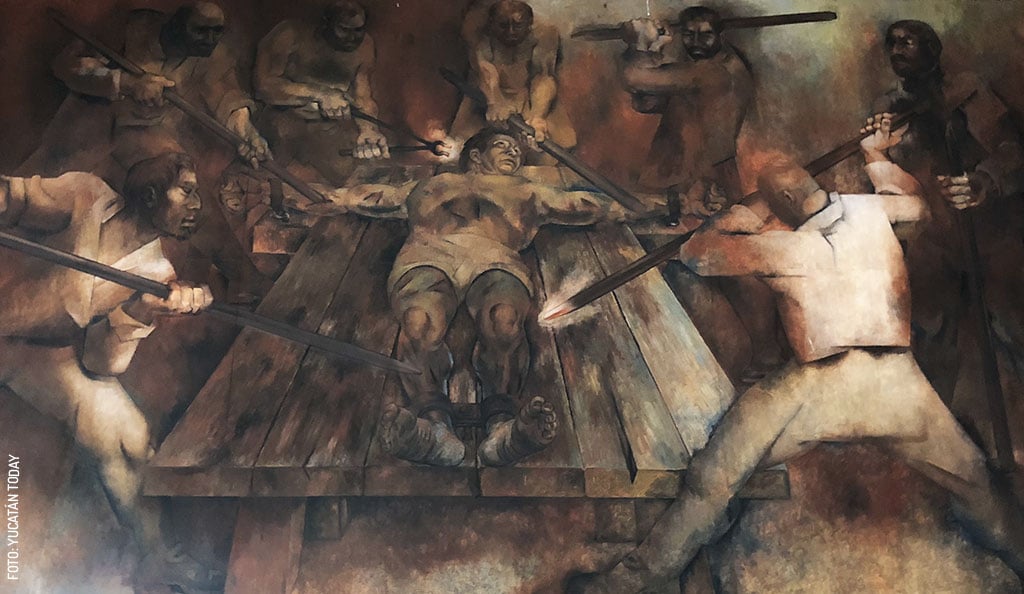
In 1878, historian Eligio Ancona wrote: "Since time immemorial, the Maya instinctively abhorred all foreigners. [...] The Maya looked unfavorably upon the Spanish even before realizing they came to take possession of their ancestors' land." It's difficult to know what evidence existed for such an intrinsic animosity, as by then, the Maya had already endured over 300 years of oppression, during which they fought in various ways to maintain their way of life.
The circumstances of the Maya during those three centuries left us with little evidence of their own opinions; it's easy to imagine it would have been dangerous for them to put any ideas contrary to their oppressors in writing. But one of the few surviving documents from the colonial-era Maya is the Chilam Balam of Chumayel, dated 1782. This manuscript contains lines that give us a clear idea of how the arrival of the Spanish was transmitted from generation to generation:
"Then, with the true God, came the beginning of our misery. It was the beginning of tribute, the beginning of church fees, the conflict with purse-snatching, the beginning of the conflict with blowpipes (the Maya called firearms blowpipes)."
Between the arrival of the Spanish and the start of the so-called Caste War, dozens of armed uprisings occurred throughout the Maya area. While the circumstances varied, the objective remained the same: the Maya sought to regain their freedom and territory.
One of the best-known uprisings was led by Jacinto Canek. In 1761, this Spanish-educated Maya leader addressed the people of Cisteíl with these words:
"My beloved children: I do not know what you wait for to shake off the heavy yoke and arduous servitude in which subjection to the Spanish has placed you; I have traveled throughout the province and surveyed all its towns, and carefully considering what utility or benefit the subjection to Spain brings us [...] I find nothing but a painful [...] servitude."
These words would reflect the sentiments of the Maya for at least another 100 years.
Yucatán in the 1840s
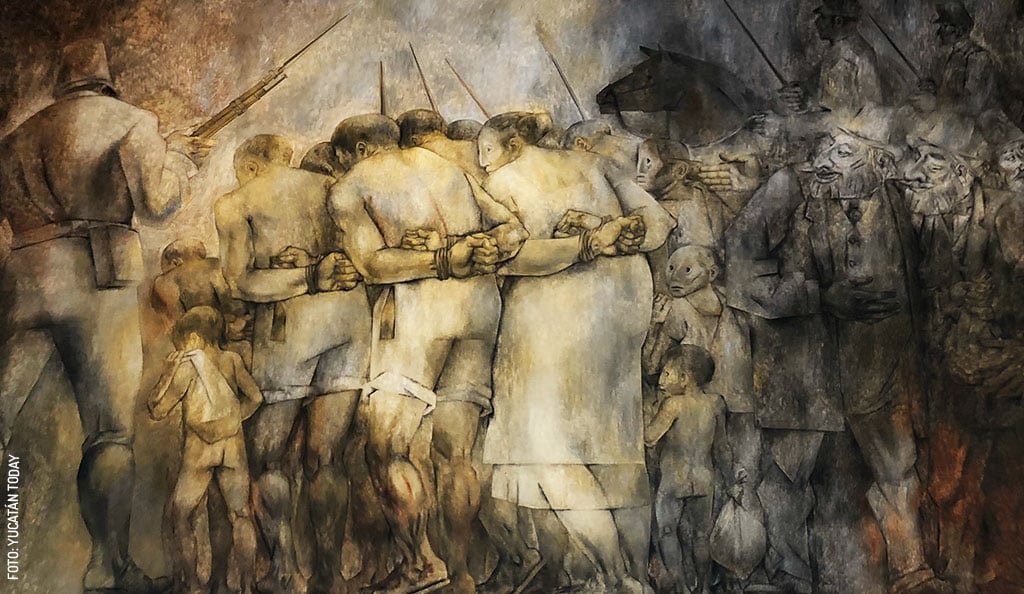
While the Maya had already suffered for years, exploited and discriminated against by both the Spanish and Mestizos, the 19th century brought even more conflict to the territory. México's War of Independence began in 1810 and continued until Mexico effectively gained independence in 1821. The next two decades brought little improvement. Henequén and sugar cane haciendas and their owners privatized lands that had been communal, expelled Maya who refused to work for them, and sold them access to vital resources like water, animals, and wood, which had traditionally been for collective use.
Furthermore, by then, the Maya were forced to pay a significantly high number of taxes. The heaviest was the "personal contribution" or tribute, which Maya of all ages had to pay annually. "Vecinos" (i.e., the non-Indigenous population) were exempt from this tax. Despite not being the only payment the Maya were obliged to make, the unequal conditions of the personal contribution (and its high cost) were a major source of discontent at the time.
On the other hand, there were the ecclesiastical taxes, particularly the "stole fees" charged by the Church for sacramental services. Although the Maya embraced the Catholic religion with fervor, the Church was not exactly fair to them. They were charged very high costs for baptism, marriage, and burial rights, often significantly more than the non-Indigenous population, representing an onerous burden.
As if this weren't enough, the tumultuous relationship between the Yucatecan government and the Mexican federal government led to several clashes, both political and military. Yucatán first declared its independence from Mexico in 1841, and, after a military intervention, rejoined the country in 1843. Shortly after, in January 1846, Yucatán again declared its independence. On both occasions, the Maya were constantly enlisted to fight against the Mexican army, defending the Yucatecan government's interests in exchange for promises that, once Yucatán was independent from Mexico, their taxes would be reduced... which never happened in either instance.
All in all, even though Spain was no longer in charge, the Maya remained burdened by the "painful servitude" that Jacinto Canek had spoken against decades earlier. The pressure exploded in July 1847.
1847: Outbreak of the Caste War
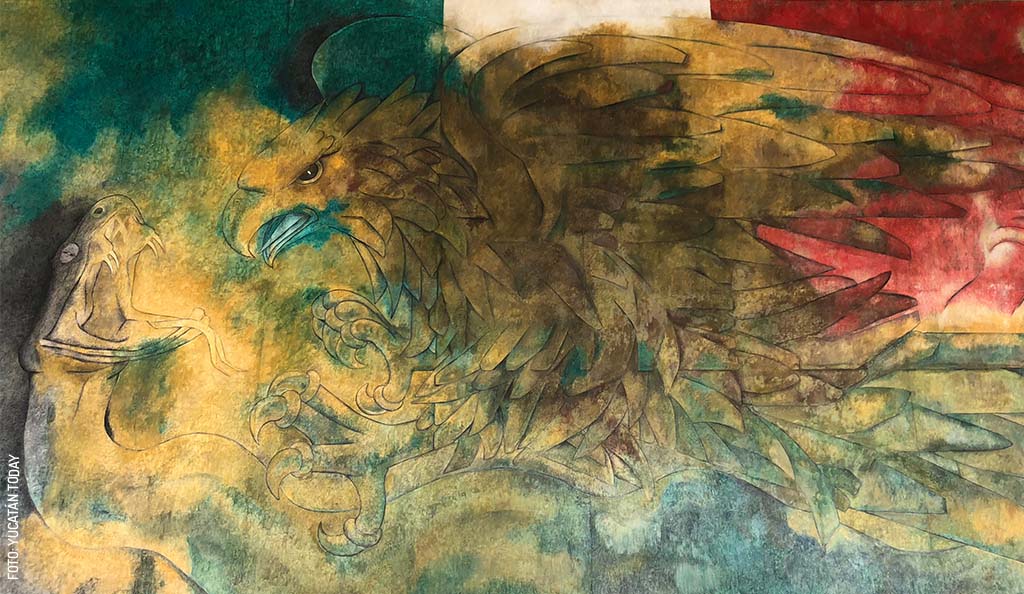
The match that ignited the powder keg came from the local government. Only two political parties continually alternated in power and neither was afraid to use Indigenous people to achieve their goals. One of them, represented by Colonel José Dolores Cetina, contacted and supplied weapons to several Indigenous leaders to join his party's cause. Among them were Jacinto Pat, Manuel Antonio Ay, Cecilio Chí, and Bonifacio Novelo. These men, caciques (chiefs) of different Maya towns, saw this as an opportunity to fight, not so much for either of the two factions that did little for them, but for the unfulfilled promises their people continued to hope for.
The Caciques or Batabes
The batabes (in Maya, batabo'ob) were, since pre-Hispanic times, hereditary regional leaders. A batab was considered part of the nobility and served as a political, social, and even military chief. The Spanish called them caciques, recognizing their authority over their people and using them as intermediaries, for example, for tax collection and as recruiters when labor was needed. The figure of the cacique or batab persisted even after Mexico's and Yucatán's independence. However, by the 1840s, the batabes' role as mediators between government demands and the Maya population's discontent was becoming simply impossible.
The Events That Started the "Caste War"
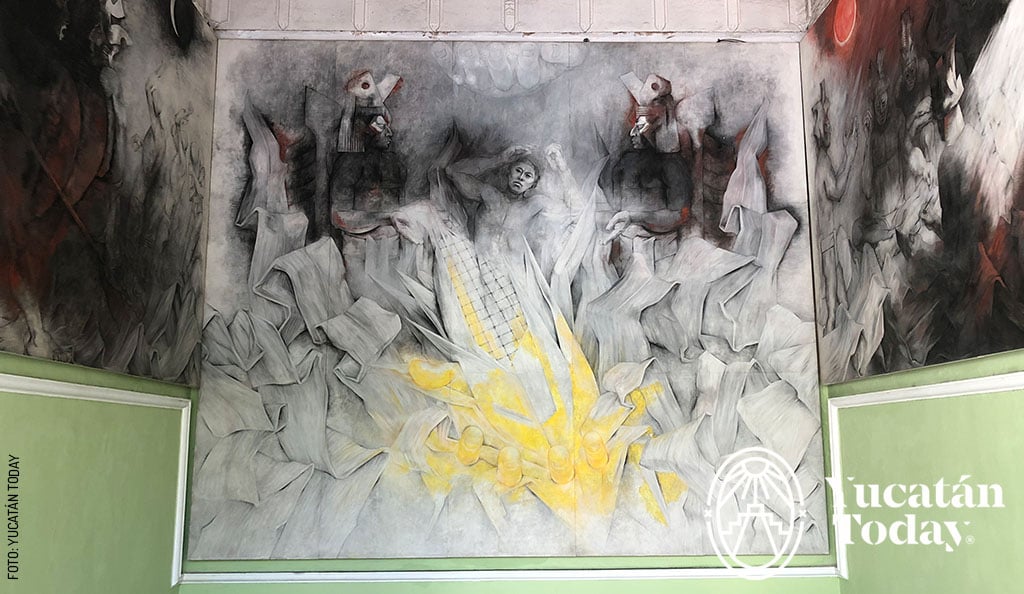
Manuel Antonio Ay, a cacique from Chichimilá (near Valladolid), was apprehended in mid-July 1847. He was accused of carrying a letter in which Cecilio Chí discussed attacking the nearby town of Tihosuco. During his brief imprisonment, Ay confessed that an uprising was indeed planned, and its objective was to reduce Indigenous taxes to one real a month (instead of two). Manuel Antonio Ay was executed on July 26, 1847, accused of "being one of the ringleaders of the insurrection of the Indigenous class against the present institutions."
Unable to find his accomplices, the Yucatecan army razed the Maya population of the nearby town of Tepich. In retaliation, Cecilio Chí, leading 600 men, seized the town and killed several white families. This act of retaliation is widely considered the official start of the Caste War of Yucatán.
Development of the "Caste War"
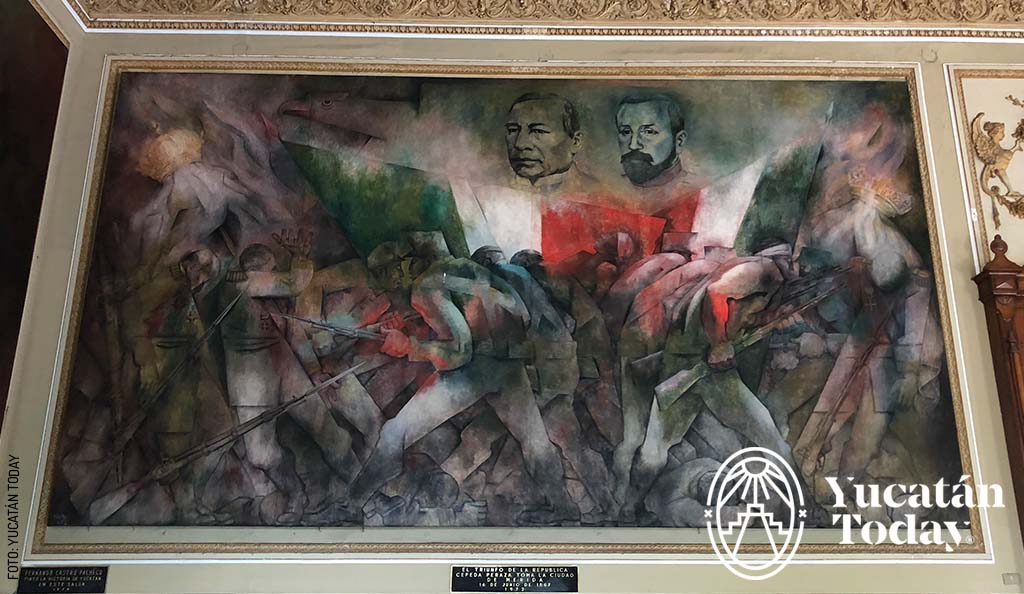
The first two years of the war were years of victories for the insurgent army. A good portion of the towns of the then-Yucatecan nation fell: first Tinum, Chikindzonot, Ichmul, and then Sotuta, Peto, and Valladolid. The situation was so complex that Yucatecan Governor Santiago Méndez even offered to annex Yucatán to the United States in exchange for support against the rebellion. After failing to secure support from Spain and the United Kingdom as well, Governor Méndez resigned.
In April 1848, Jacinto Pat agreed to negotiate with the new governor, Miguel Barbachano. The agreement led to the signing of the Treaties of Tzucacab, which stipulated the elimination of the annual contribution Indigenous people had to pay to the church, reduced the costs of baptism and marriage rights, and allowed the Maya to use their lands and continue the traditional practice of roza, tumba y quema (slash-and-burn agriculture). Among other provisions, it was also agreed that Miguel Barbachano would be lifelong governor of the white population, and Jacinto Pat, of the Indigenous population.
However, Cecilio Chí did not accept the treaty, and the war intensified. The rebel army took Peto, Tekax, Sacalum, Ticul, Izamal, and Bacalar. "Yucatán was left with only the capital, some coastal towns, and those along the royal road to Campeche," wrote Yucatecan historian Serapio Baqueiro. But as Mérida prepared for the fight, swarms of flying ants announced the beginning of the rainy season. The rebel army, much to the dismay of its leaders, decided to return home for planting, knowing that if they didn't, their families would have nothing to eat. The leaders, with no men to command, also abandoned the fight.
Meanwhile, the Mexican-American war had ended. México decided to support the Yucatecan government in its fight against the Indigenous people, in exchange for the state's reincorporation into the Mexican nation on August 17, 1848.
Furthermore, Cecilio Chí and Jacinto Pat, leaders of the insurrection, were both assassinated in 1849. All these circumstances favored the Yucatecan government's cause. It was during this period that the sale of entire Indigenous Maya families to Cuba to work on plantations also began; with the federal government's consent, this practice would remain legal for 13 years.
The Talking Cross
A very important aspect of the Caste War emerged three years after the conflict began when one of the insurgent leaders, the Mestizo José María Barrera, found a small cross carved into a mahogany tree. Taking it as a divine sign, Barrera created a sanctuary for the Holy Cross. The Cross became not only the symbol of the struggle but also its leader. Through "interpreters," the Holy Cross delivered messages of encouragement and strategy to the rebels, who from then on began to call themselves Cruzo’ob, "the people of the cross."
Noj Kaaj Santa Cruz
The Talking Cross was found near a cenote called Chan Santa Cruz. The town founded around its sanctuary became known as Noj Kaaj Santa Cruz Balam Naj (in Maya, "the house of the jaguar or priest in the great town of Santa Cruz"), though it's often referred to simply as Chan Santa Cruz. Today, this town in the neighboring state of Quintana Roo still exists, now named Felipe Carrillo Puerto. From its founding in October 1850 until the end of the war, Noj Kaaj Santa Cruz was considered the capital of an independent, autonomous Indigenous territory. This Maya state maintained commercial and diplomatic relations with British Honduras (now Belize) and is considered the longest-lasting de facto Indigenous state on the continent.
The war continued in the form of scattered guerrilla warfare for 50 years, during which the Cruzo’ob attacked and besieged various towns in Yucatán. During this time, while the Yucatecan government fought with the support of the Mexican federal government, the Cruzo’ob had not only machetes and hoes but also modern firearms provided by the government of British Honduras. At that time, the British Crown, without fully entering the conflict, didn't rule out the idea of annexing the territory once the war ended.
Dissolution of the Conflict and End of the "Caste War"
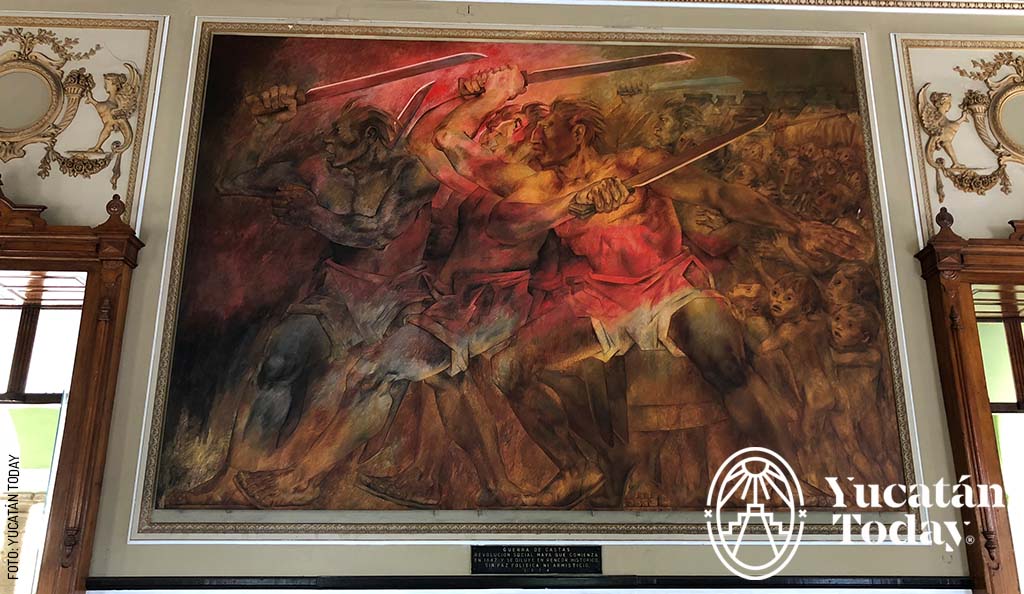
The Caste War didn't end with a surrender or outright victory by one side over the other. However, hostilities are generally considered to have officially ceased on May 3, 1901, when federal army troops took the Maya capital, Noj Kaaj Santa Cruz.
By then, military activity had significantly diminished. This was due, in part, to the interest of then-Mexican President Porfirio Díaz in the forest wealth of the nation's southeast; this would certainly not be easy to exploit while Maya resistance continued. Furthermore, Porfirio Díaz's government cultivated a closer relationship with the British Crown; in this way, the British Empire was compelled to abandon its intention of annexing the Maya state and to significantly reduce the sale of weapons to the rebel army.
By the time the Mexican army reached Noj Kaaj Santa Cruz, the town was deserted. The Maya leaders had ordered the population to abandon the sacred city when they realized federal troops were about to arrive.
Final Balance of the "Caste War"
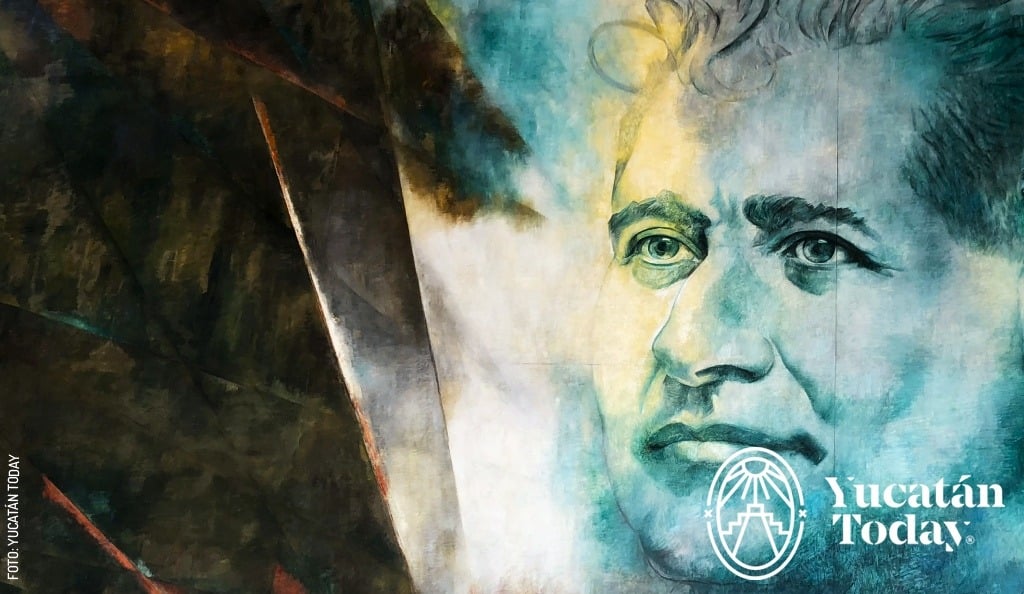
Although, as you've read, the war was declared ended in 1901, some sources consider that actual hostilities began to decrease in 1915 when General Salvador Alvarado implemented the ideals of the Mexican Revolution in Yucatán. Some even consider an uprising in 1933 (in Dzulá, Quintana Roo) to be the last battle of the Caste War.
Whether it lasted 54 or 86 years, the Caste War had an enormous impact throughout the Yucatán Peninsula. Estimates suggest that human casualties could have surpassed 300,000 people, including those fighting on both sides and those forced to emigrate to escape the conflict.
The regional economy was also severely affected. The henequén industry, which predominated in the north and west of the state, where the Maya were more assimilated, not only recovered but continued to bring wealth to Yucatán for several decades after the war's end. The sugar industry in the south and east of the peninsula, where the fiercest clashes occurred, was completely devastated and never recovered to its previous prominence.
Politically, the Caste War was the direct cause of the reincorporation of the Republic of Yucatán into the United Mexican States. Internally, it led to heightened distrust between social classes, and to some extent, between the white, Mestizo, and Maya populations of the region.
The Caste War?
The armed conflict that took place in Yucatán between 1847 and 1901 is widely known as the Caste War. However, there are several reasons why this name is considered inadequate.
The main reason is that the name is misleading; possibly maliciously so. The insurgent army, from its beginnings, was composed and led not only by Indigenous Maya but also by Mestizos, whites, and Afro-descendants. The "historical resentment" had little to do with race (let alone castes), but rather with oppression and exploitation.
In the book "The Caste War of Yucatán" (1964), Nelson Reed describes the objectives of the main leaders at the beginning of the movement. According to him, "[Jacinto] Pat wanted to change the ladino government. [Manuel Antonio] Ay was in favor of driving the whites out of Yucatán, and [Cecilio] Chí simply wanted to kill them all, down to the last woman and child."
The word "ladino" was used at the time to refer to Indigenous people who had adopted the Spanish language and customs, or to Mestizos who identified with the dominant culture, distinguishing themselves from the un-Hispanicized Indigenous population. In time, the term would be substituted by “catrín,” which directly referenced their effort to dress in the latest European fashions.
However, it's important to remember that history is written by the victors, and there's no way to know with certainty what the original intentions of the men mentioned above were. During his summary trial, Manuel Antonio Ay confessed to wanting to fight to reduce personal contributions but never to wanting to drive whites out of Yucatán.
Another indication that clearly contradicts the idea of a racial war emerged from a negotiation table in 1850. In a letter to one of the negotiators, one of the insurgent leaders, the Mestizo José María Barrera, wrote: "[...] that is why we fight. That no contribution shall be paid, whether by the white, the black, or the Indigenous; ten pesos for baptism for the white, for the black, and for the Indigenous; ten pesos for marriage for the white, for the black, and for the Indigenous. As for debts, the old ones will no longer be paid by the white, nor by the black, nor by the Indigenous; and the monte (bush/forest) will not have to be bought; wherever the white, the black, or the Indigenous wants to make their milpa (cornfield), no one will prohibit them."
According to various historians' hypotheses, accusing the insurgents of racial hatred is a way to delegitimize their objectives and, conversely, to validate any action favoring the dominant group.
For these reasons, the conflict is also known as the Maya Social War, a term now preferred by many.
The Caste War Today
Each town in Yucatán, especially in the south and east of the state, holds its own memories of the so-called Caste War. In Tekax, the door of the Three-Story House still bears the scars of the machete blows it suffered during the clashes. In Valladolid, the Museum of the Ex-Convent of San Bernardino de Siena safeguards artifacts rescued from the site's well. Espita has a monument to the people who fought against the city's siege.
South of Valladolid, within the state of Quintana Roo, lies Tihosuco, Cecilio Chí's birthplace. In the center of the town, you can find a small Caste War museum; it houses a collection of 200 pieces, including weapons, paintings, models, photographs, and documents related to that historical period.
Sources
- Benavides Castillo, A. (2024). La Nación Maya: Gestación, devenir y resistencia. Mexico: Instituto Nacional de Antropología e Historia (INAH).
- Campos García, Melchor. (2023). LA INVENCIÓN DE LA GUERRA DE CASTAS EN YUCATÁN, 1847-1927. Tzintzun. Revista de estudios históricos, (77), 153-184. Epub 02 de junio de 2023. Recuperado el 13 de junio de 2025, de http://www.scielo.org.mx/
- González Durán, J. (2021). Fundación y caída de Chan Santa Cruz. Recuperado el 17 de junio de 2025, de https://saqroo.mx/
- Ferrer, Manuel. (2022). En busca de las razones de la Guerra de Castas de Yucatán. Con-temporánea, 14, 100-124. Recuperado el 18 de junio de 2025, de https://revistas.inah.gob.mx/
- Florescano, E., & Velázquez, R. (2002). Memoria mexicana. Recuperado el 13 de junio de 2025, de https://books.google.com.mx/
First published in Yucatán Today print and digital magazine no. 452, in August 2025.
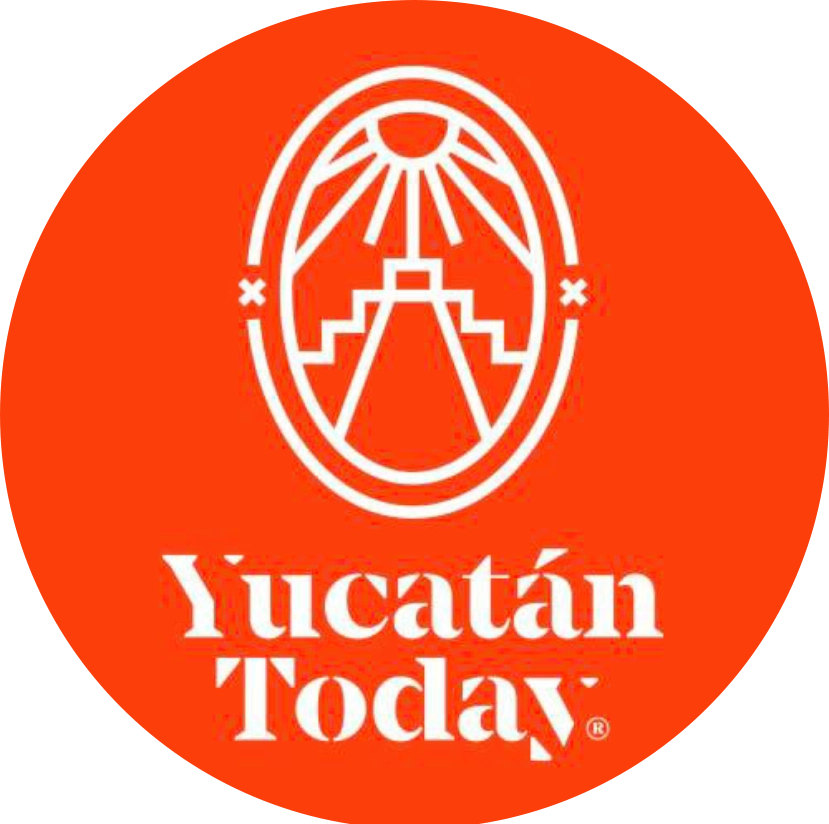
Author: Yucatán Today
Yucatán Today, the traveler's companion, has been covering Yucatán’s destinations, culture, gastronomy, and things to do for 37 years. Available in English and Spanish, it’s been featured in countless travel guides due to the quality of its content.
In love with Yucatán? Get the best of Yucatán Today in your email.
Don't miss our best articles and the monthly digital edition before anyone else.
Related articles
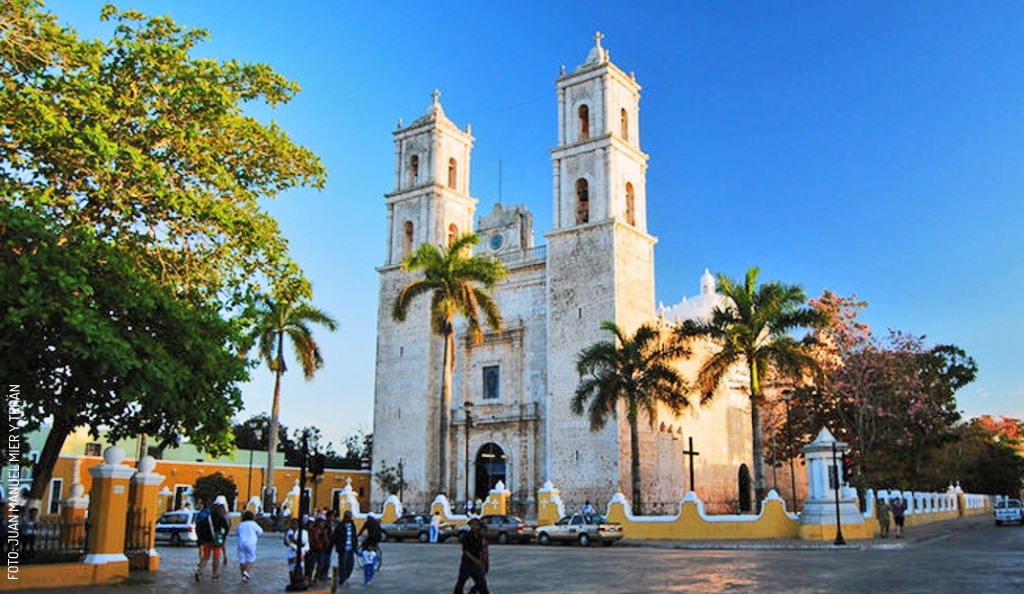
The Profanation of the San Servacio Church in Valladolid: A Bloody Secret
Discover the bloody secret of the Church of San Servacio in Valladolid: a double homicide that forced its reorientation.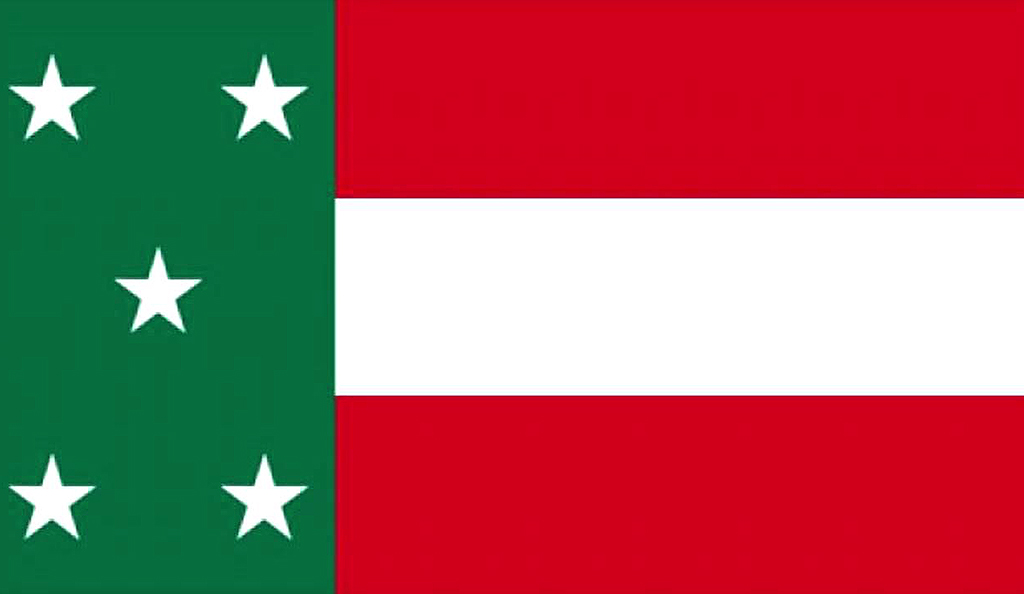
History of the Independence of Yucatán
Get to know the fascinating history of Yucatán's independence, from two separate declarations to the creation of their own flag and anthem.